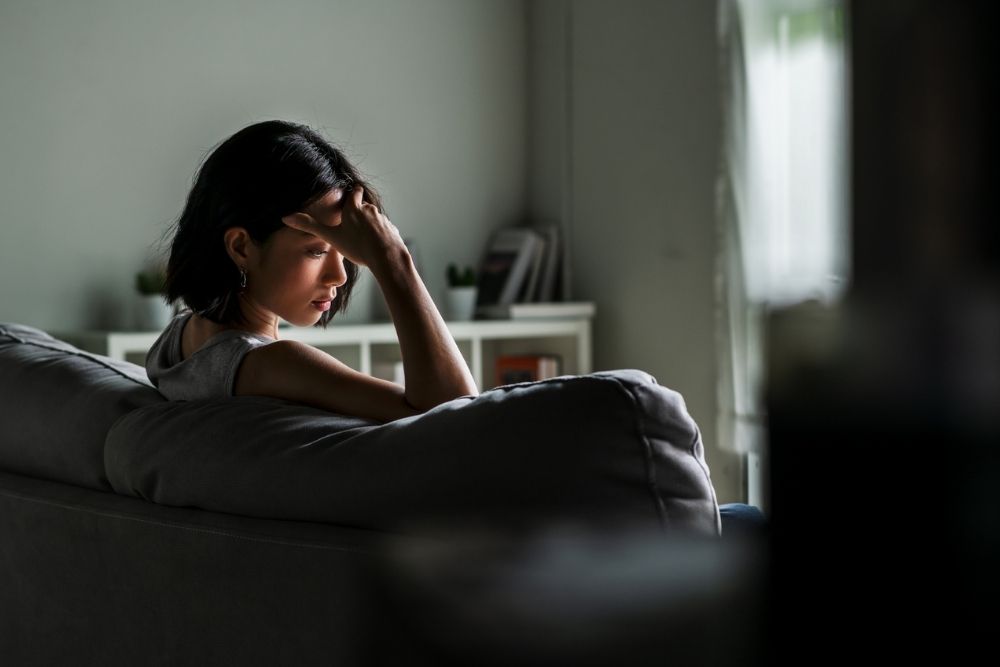These often occur together, creating a complicated and challenging health issue for people affected. Often categorized as a dual diagnosis, each condition influences the other, and understanding this connection is key to developing effective treatment strategies. When someone with bipolar disorder also struggles with alcohol or substance misuse, recovery becomes more complex—but it’s not impossible.
What Is Bipolar Disorder?
Once referred to as manic depression, this mental health condition is marked by intense shifts in mood, energy, and activity levels. A person with this disorder experiences alternating periods of:
- Mania or hypomania, which presents as a high or irritable mood, increased energy, impulsivity, and decreased need for sleep.
- Depression, with symptoms such as low mood, fatigue, hopelessness, and loss of interest in activities.
These shifting states aren’t simply “moodiness”—they’re severe enough to interfere with daily functioning, relationships, and work or school performance.
There are two main types:
- Bipolar I disorder. Characterized by full manic episodes that may alternate with periods of depression.
- Bipolar II disorder. Involving hypomanic episodes and more severe depressive episodes, but no full mania.
Mental Health America also defines other aspects of this condition.
Symptoms vary considerably, but common ones include:
- Rapid speech, racing thoughts, or grandiosity during mania.
- Extreme sadness, loss of energy, or feelings of worthlessness during depression.
- Poor judgment or risky behaviors, especially in manic phases.
- Sleep disturbances that fluctuate with mood changes.
Treating this mental illness generally requires a combination of medication, psychotherapy, and lifestyle changes.
How Does Substance Misuse Worsen Bipolar Symptoms?
Drugs and alcohol alter neurotransmitters such as dopamine, serotonin, and norepinephrine—the same brain chemicals that regulate mood and energy. When these systems are repeatedly overstimulated or suppressed, it becomes harder for the brain to maintain stability.
Here are several ways substance misuse worsens bipolar symptoms:
- Increased mood swings. Someone using stimulants such as cocaine or methamphetamine might appear manic, while heavy alcohol use results in depressive symptoms. The result is often a more chaotic and unpredictable mood cycle.
- Sleep disruption. Both bipolar disorder and substance use disturb sleep patterns. Poor sleep is a major trigger for manic and depressive episodes, creating a self-perpetuating cycle of instability.
- Impaired judgment and risk-taking. During manic phases, impulsivity causes binge drinking, unsafe sexual behavior, or drug experimentation—all of which further destabilize mood and life circumstances.
- Aggravated depression and anxiety. Many substances initially provide temporary relief but ultimately increase anxiety, guilt, and depression once their effects wear off.
- Physical health decline. Long-term substance misuse strains the liver, heart, and nervous system, adding additional stress to the body and making mental health recovery harder.
Why Is Bipolar Disorder Harder to Treat When Addiction Is Present?
A shifting overlap of symptoms makes it more challenging to provide an accurate assessment of someone’s disorders, which delays appropriate treatment unless a care facility is especially equipped to handle dual diagnosis care.
Additionally, many individuals with bipolar disorder turn to substances as a form of self-medication. During manic episodes, they might drink to calm down, while during depressive episodes, they might lift their mood with stimulants. Unfortunately, these substances interfere with the brain chemistry that bipolar medications are designed to regulate. Alcohol, for example, blunts the effects of antidepressants and mood stabilizers, while stimulants trigger manic episodes.
Medication adherence is another major issue. People with co-occurring addiction might skip doses or stop mental health medications altogether, especially if they’re intoxicated, forgetful, or believe substances help them more than prescribed treatment. As a result, mood instability increases, leading to more frequent episodes and a higher risk of hospitalization or self-harm.
Treating Addiction and Bipolar Disorder Together
Historically, people were often told to get sober before addressing mental health issues, but research now shows that treating them together leads to better outcomes. The approach might include:
- Integrated dual diagnosis treatment. This model combines mental health and addiction services under one coordinated plan. Clinicians trained in both addiction and psychiatric care can identify how one disorder affects the other and adjust treatment accordingly.
- Medication management. Careful coordination is crucial to prevent drug interactions and ensure that neither condition is neglected.
- Therapy. Various methods of psychotherapy help individuals recognize triggers, manage cravings, and develop healthier coping strategies. Therapy can also address the shame and guilt that often accompany both conditions.
- Support systems. Peer support, such as Dual Recovery Anonymous or specialized therapy groups for dual diagnosis, provides ongoing encouragement. Family education is also vital so loved ones understand how to support recovery without enabling destructive behaviors.
- Lifestyle and self-care. Regular sleep, nutrition, and exercise routines help stabilize mood and reduce cravings. Mindfulness practices and stress management techniques also lower relapse risk.
Quality Dual Diagnosis Care Is Available at Great Oaks
Living with both bipolar disorder and addiction can be overwhelming, but recovery is absolutely possible. The key is comprehensive, compassionate, and integrated care that treats the whole person—mind, body, and behavior. This is exactly what you’ll find at Great Oaks Recovery Center outside of Houston, Texas. Our fully-accredited facility offers you various evidence-based and holistic methods that make a true difference in your life. Talk to our admissions team to learn more.



